Interspace Alliance: CNES Partnership


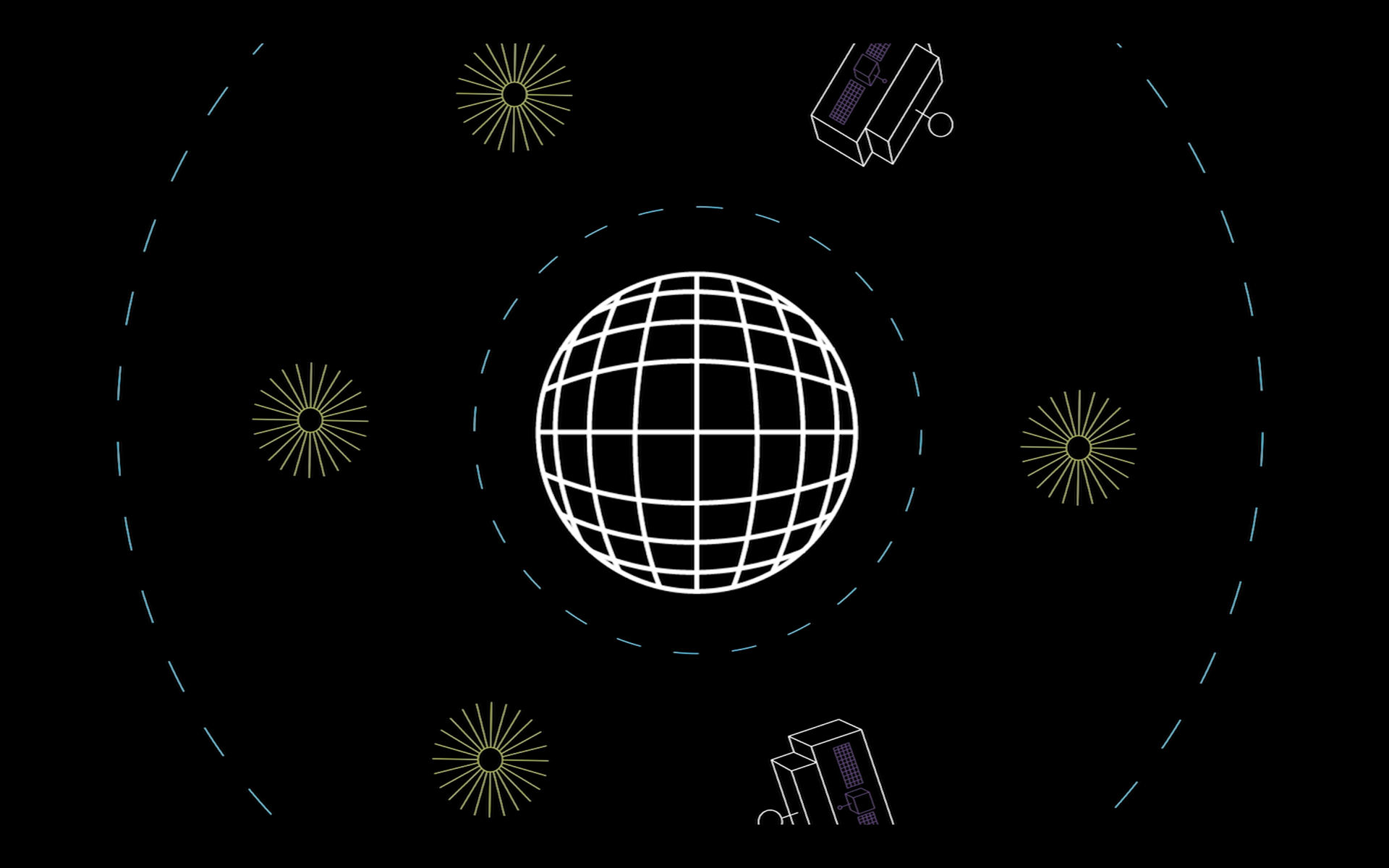
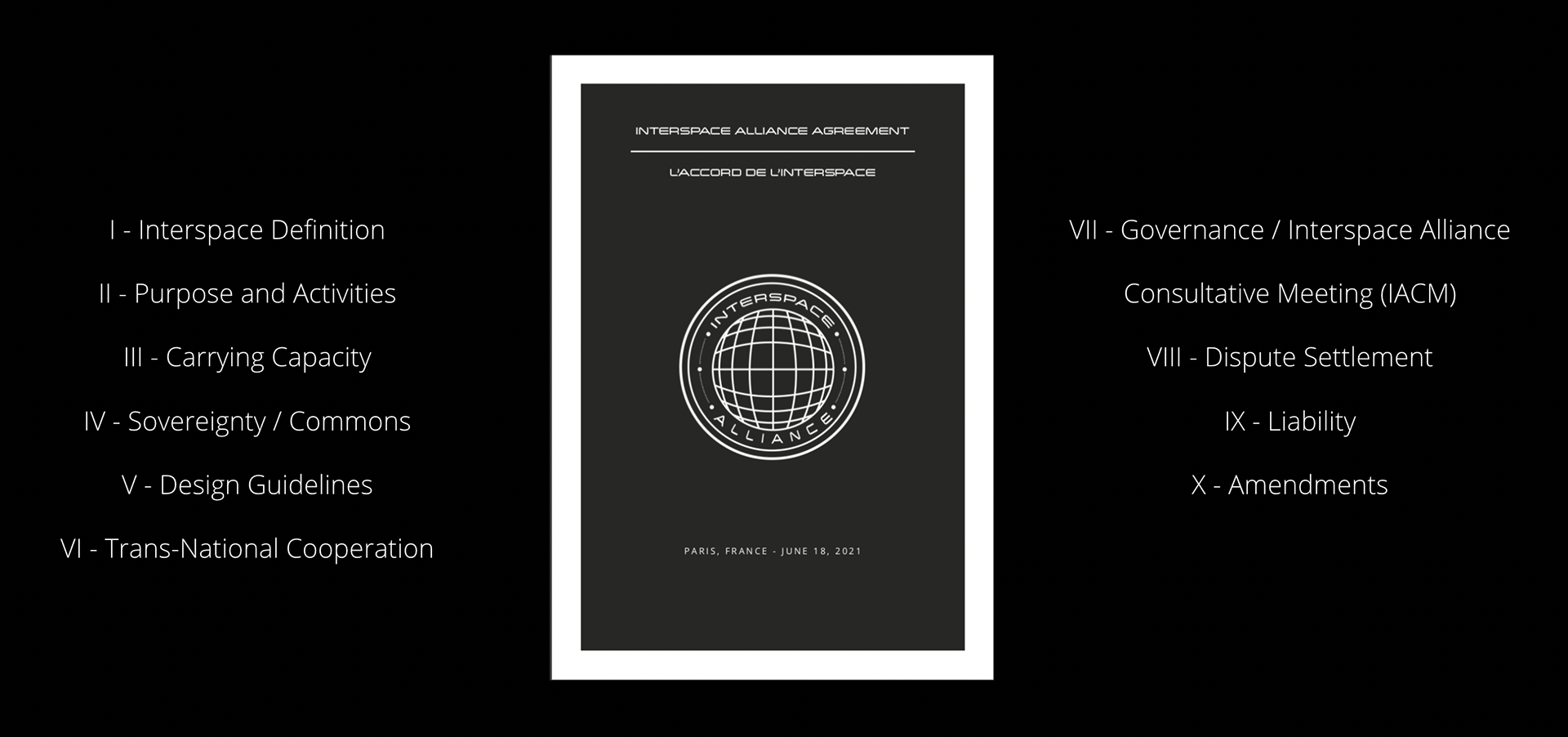
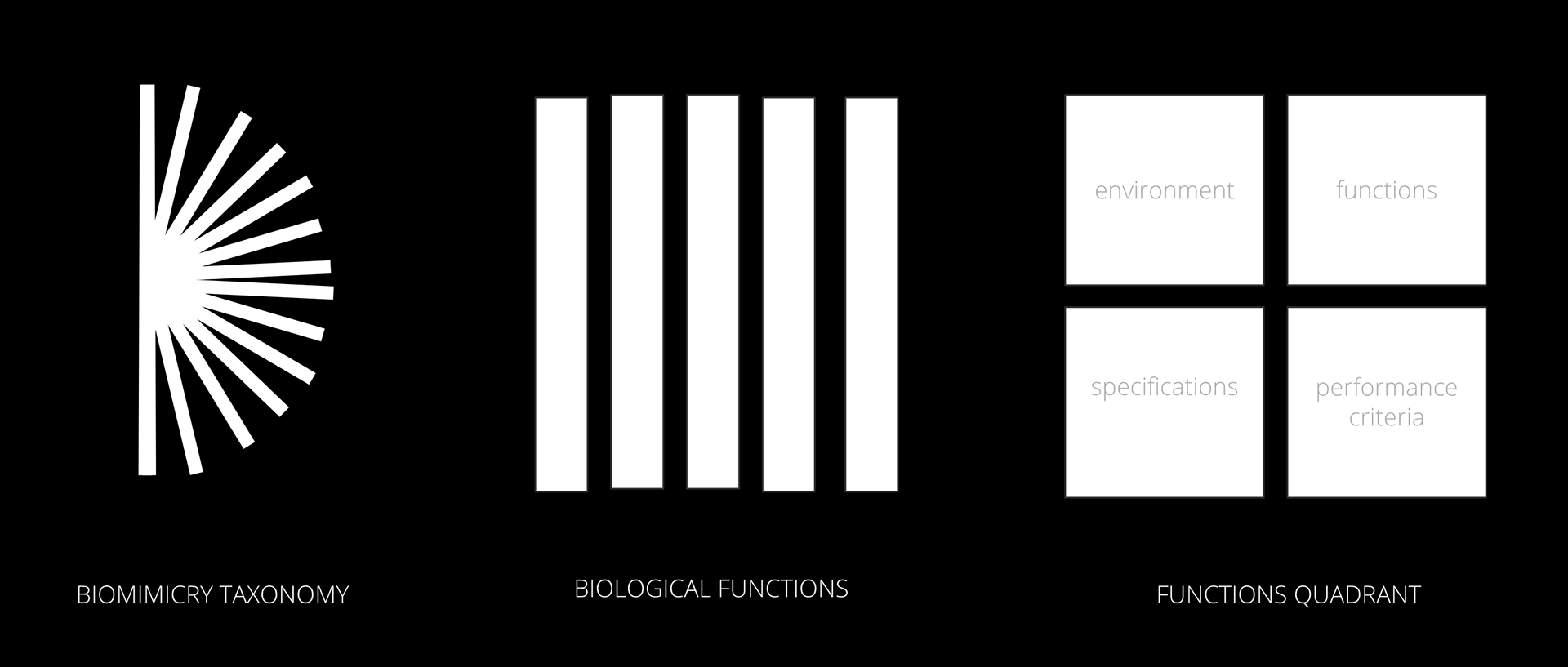
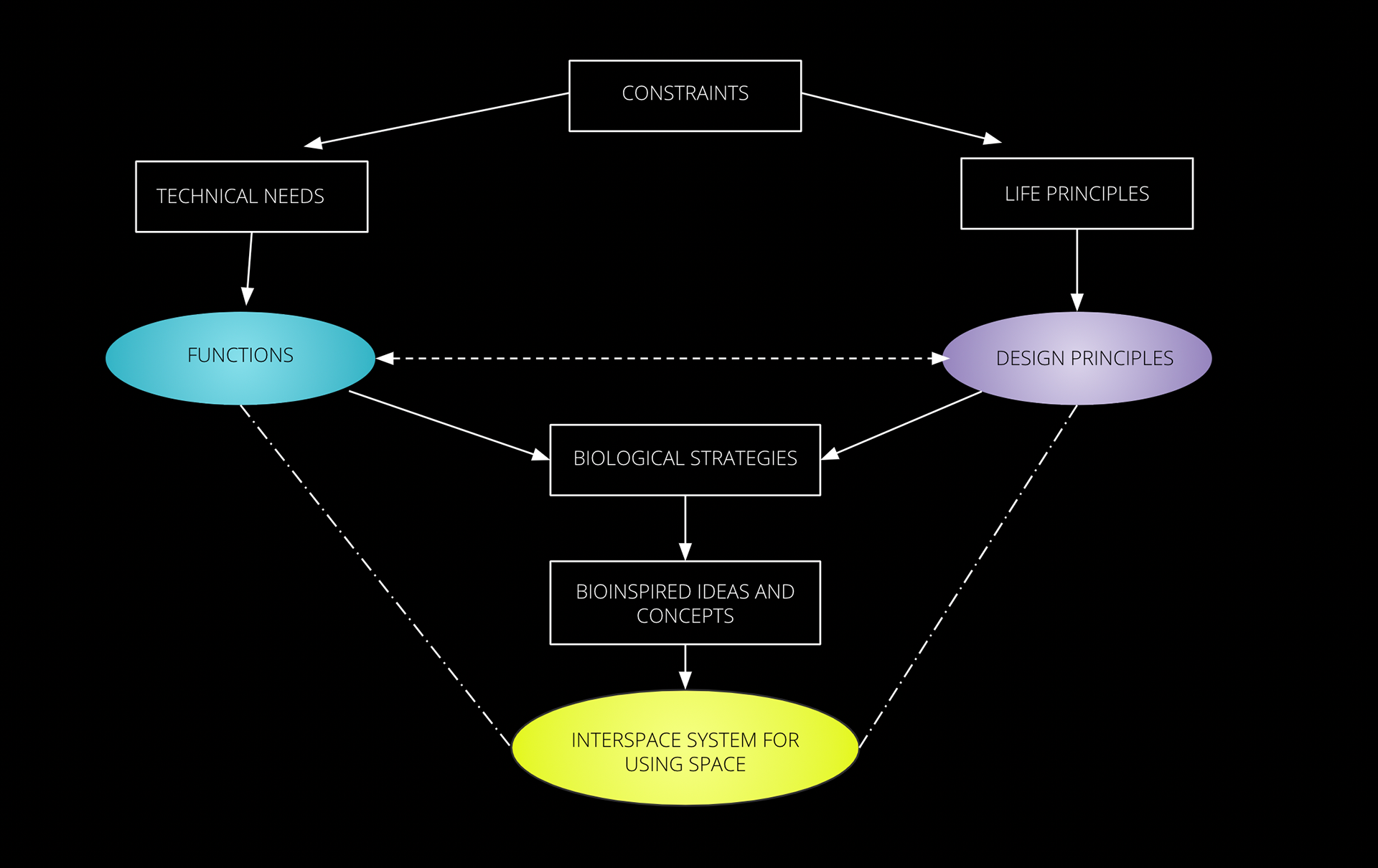
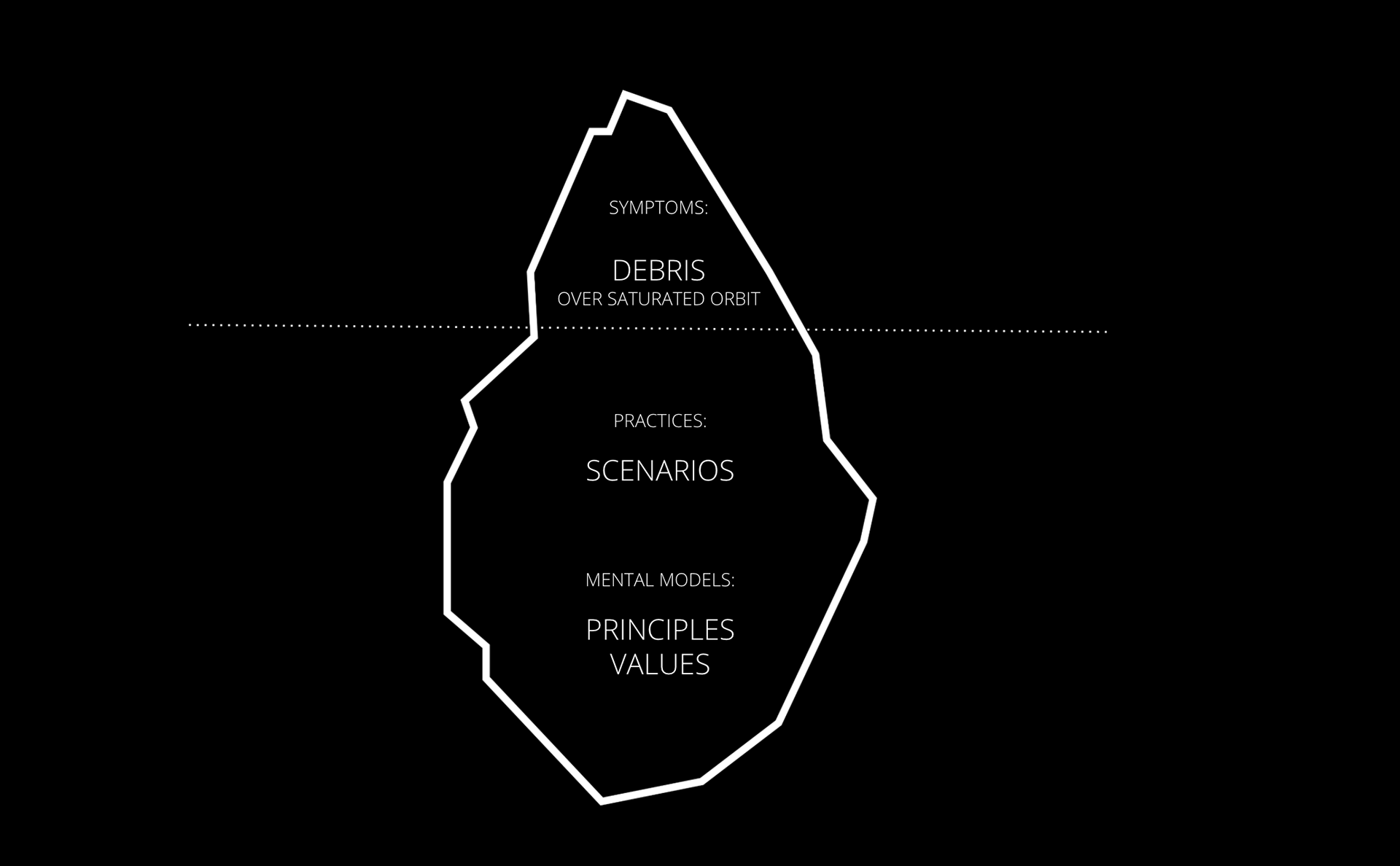
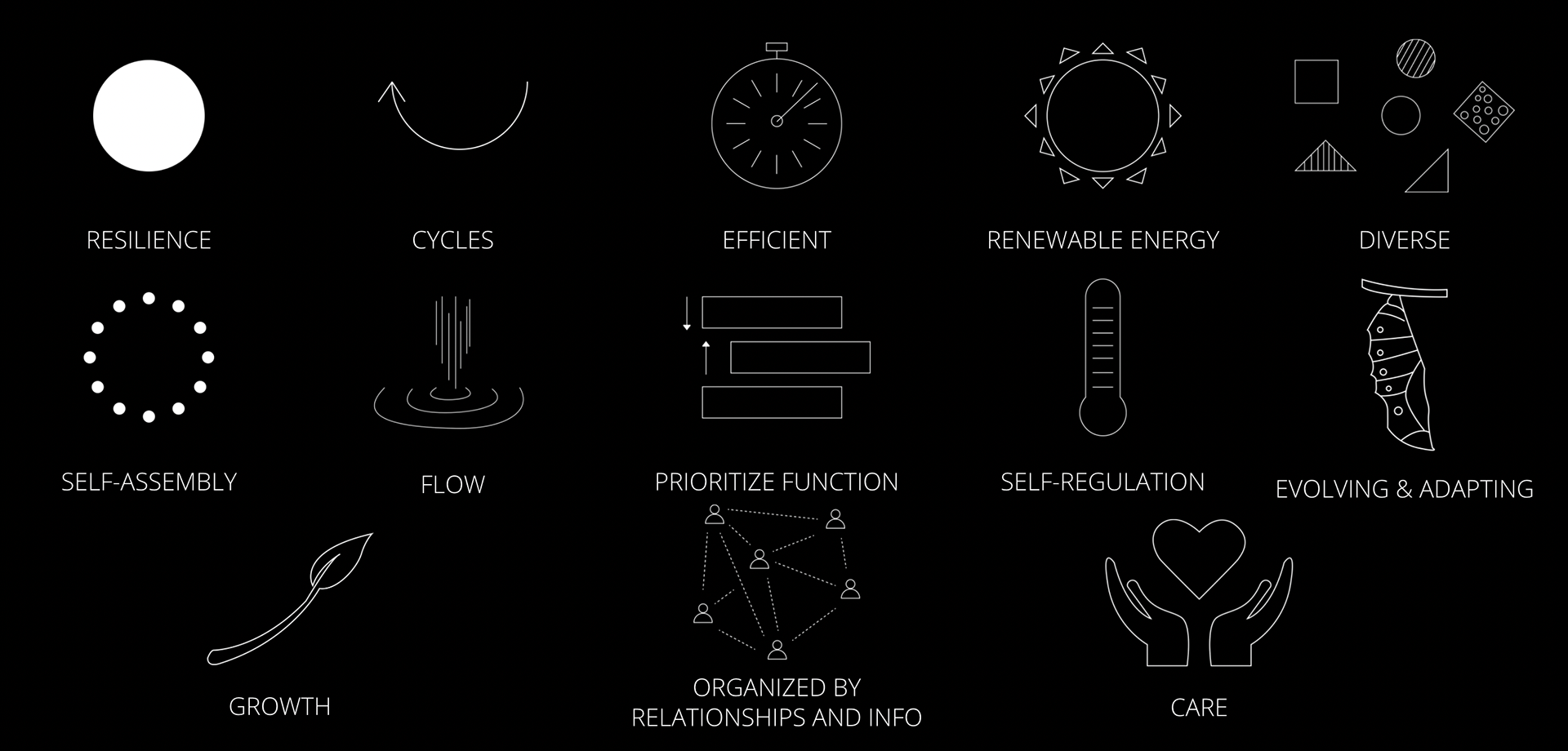
In 2021, the Nature Inspired Design master's program at ENSCI - les ateliers partnered with CNES, the French government space agency under the supervision of the French Ministry of Defence and Research and the French Ministry of Economy and Finance. The partnership aimed to create a bioinspired approach to orbital space management in response to the problem of exponential space debris. Using the 5 Whys, we asked ourselves why it was important to dedicate our energy toward space activity at all, and realized that with usable orbital space, we get to continue providing to humanity beneficial services that advance our society and continue our life on Earth. Drawing inspiration from living systems to change design methods and tools, the partnership resulted in the creation of the Interspace Alliance, a bioinspired interspace system for long-term use of space. The Interspace Alliance is a speculative design project embodied by a written alliance agreement and animated video. Within the framework of the Interspace Alliance Agreement, Interspace is defined as the Outer Space area surrounding Earth, starting where Earth's atmosphere meets space and ending just below the orbit of the Moon. In an attempt to take a whole systems perspective and inspired by pre-existing treaties, Elinor Ostrom’s work on governing the commons, and Donella Meadow’s Systems Thinking, we chose to create the Interspace Alliance Agreement to align the use of Interspace to benefit life on Earth. The agreement thus defines Interspace as an extension of Earth and a common resource to protect. Altogether, the fiction enacted biomimicry and bioinspiration at systems levels, while also embarking on a lesser-explored path of bioinspired governance.
The team approached the information given to us by CNES with respect and care, honoring all they had to teach us without hesitating to challenge their ideas. We felt the project was a successful outcome of utilizing biomimicry methodologies while also creating and adapting our own methodologies to fit our objectives as they formed. We identified possible, plausible, utopian, and dystopian futures to imagine how a sustainable system could be implemented over 40 years while taking into consideration significant advances in technologies, science, and cultural trends. Utilizing Dunne and Raby’s Cone of Preferable Futures, we placed the Interspace Alliance speculative fiction within a cone of preferable plausible futures, aiming to inspire people and stretch imaginations of this future possibility. CNES received our project with an outpouring of enthusiasm, beyond thrilled with our ability to synthesize a vague and ambitious subject, make sense of complexity, and present novel concepts.
project by Joanne Jones, Stella Lee Prowse, Gilles Henry, and Jean-Romain Dalle
in partnership with CNES and ENSCI - Les Ateliers